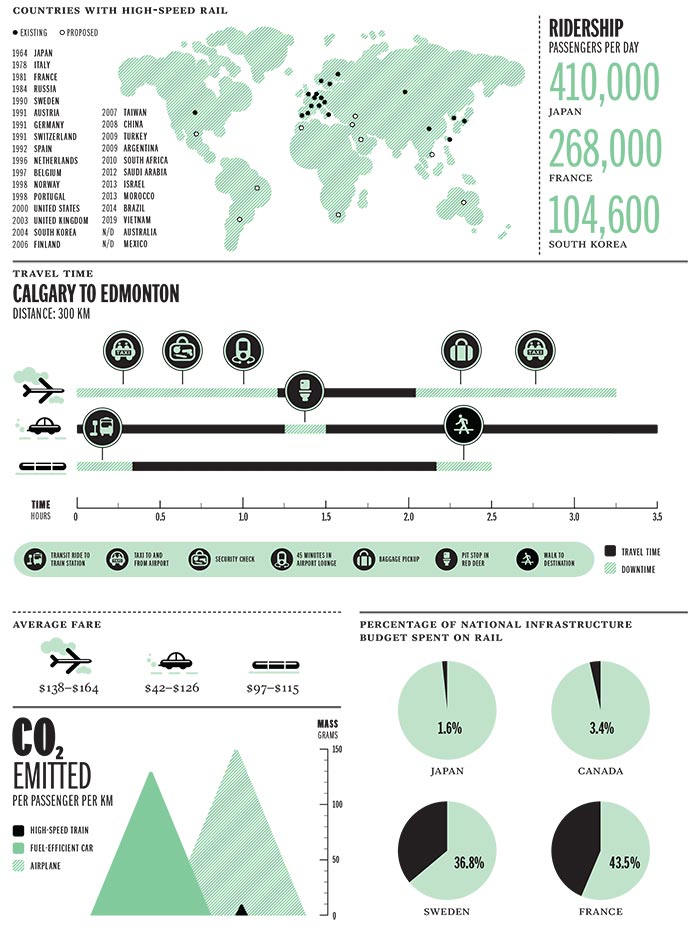The railway heading north to Churchill will be getting an improvement after a $40 million investment from the federal government.

www.ctvnews.ca
2021 40 MCAD spent by the Feds on Churchill railway.
2025 43 MCAD pledged by the Feds on Churchill railway on top of 35 MCAD pledged by Wab Kinew's NDP.
I would sooner see more of the 60-120 BCAD predicted on the HSR spent on that route.
Or on the Northlander/Polar Bear Express route connecting Toronto to Timmins, Cochrane and Moosonee.

www.tvo.org
The looming prospect of trans-Arctic ship navigation has prompted Chinas ship industry to develop co...

maritime-executive.com
By NICK STEWART Momentum is building as key regional leaders examine the possibility of a Northern Ontario James Bay Coast sea port.

www.northernontariobusiness.com
Or either of these two projects
Western Energy Corridor is designed for long-distance pipelines and high-voltage DC powerlines, allowing for expansion of Canada’s energy resources in Alberta, Saskatchewan, and Manitoba. Moving natural gas and / or oil provides an economic base with large-scale hydro power and other renewables movi

www.westernenergycorridor.ca

neestanan.ca
Oil, gas, wheat, canola, potash, sulfur, coal, uranium are all more reliable "passengers" than commuting civil servants.







